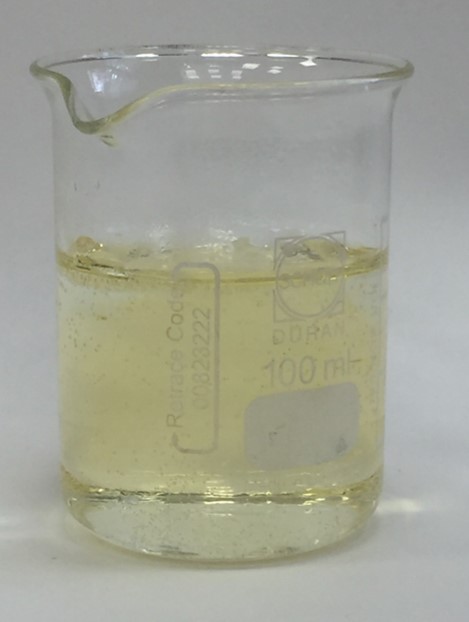Compression sensitive elastography
Compression sensitive elastography Ledia Lilaj, Thomas Fischer, Jing Guo, Jürgen Braun, Ingolf Sack, Sebastian Hirsch Background: Many diseases are associated with imbalanced fluid pressure regulation mechanisms. For example, normal pressure hydrocephalus or hepatic hypertension impose permanent or transient parenchymal pressure alterations, which are hard to detect by conventional imaging methods. MRE, sensitive to…









